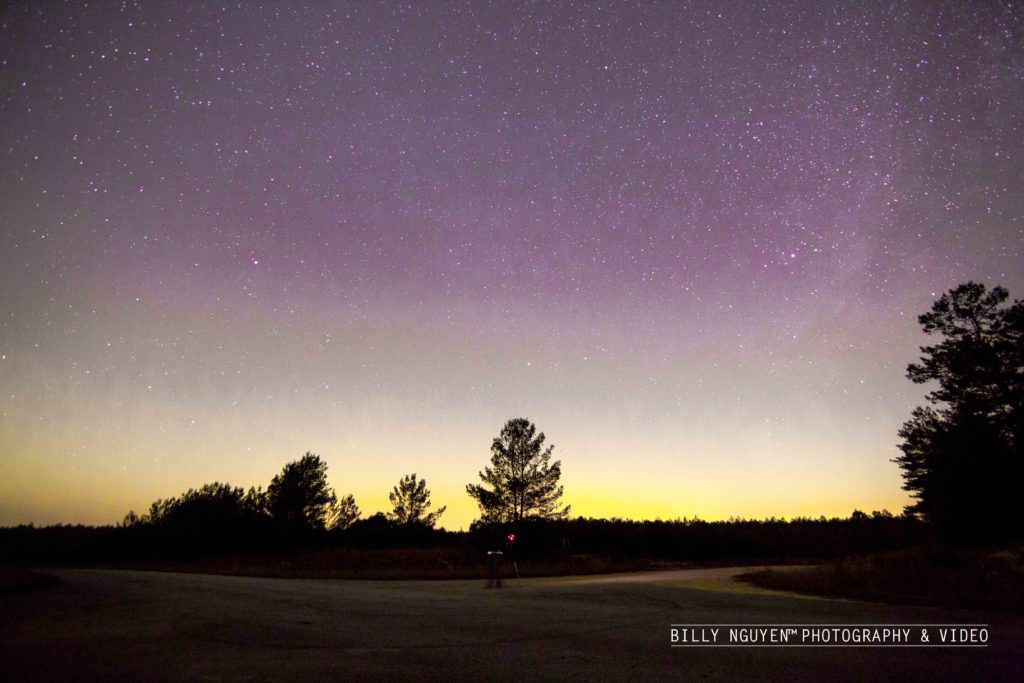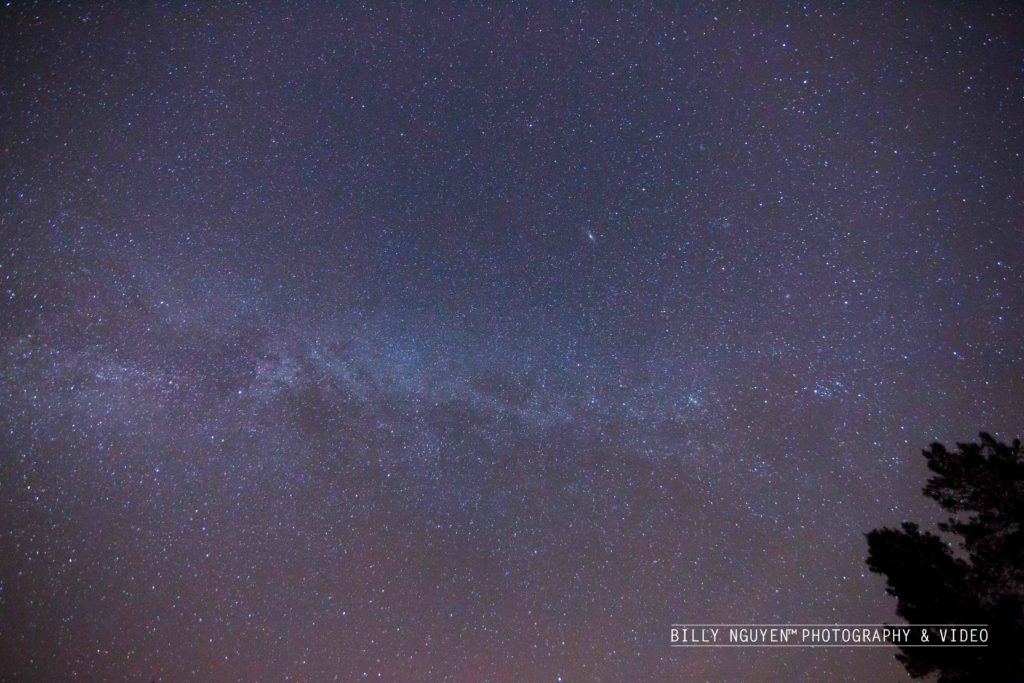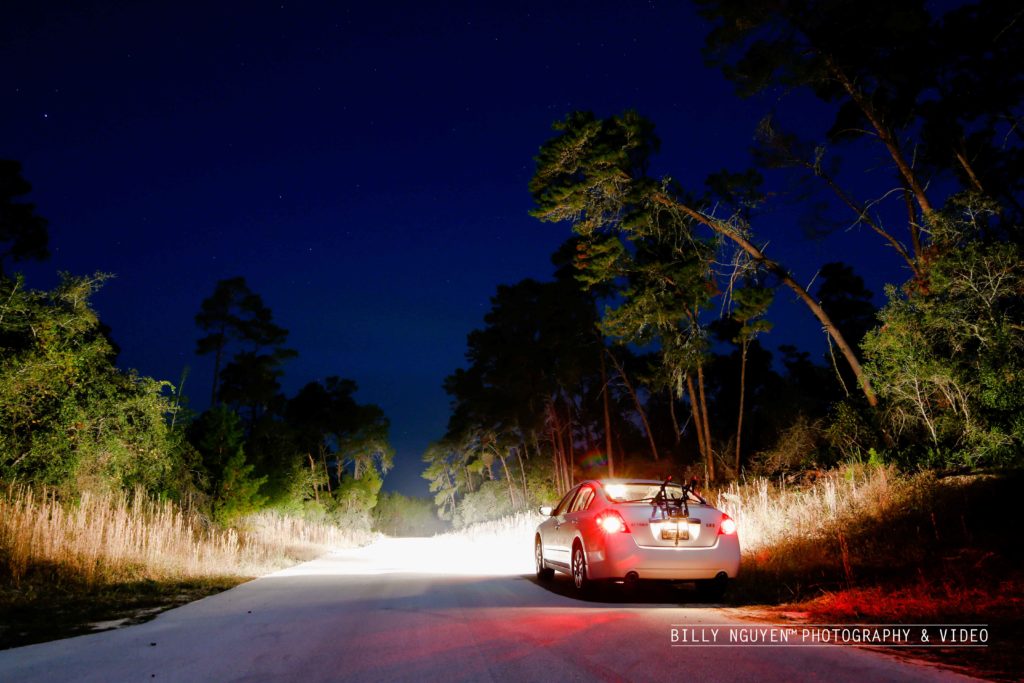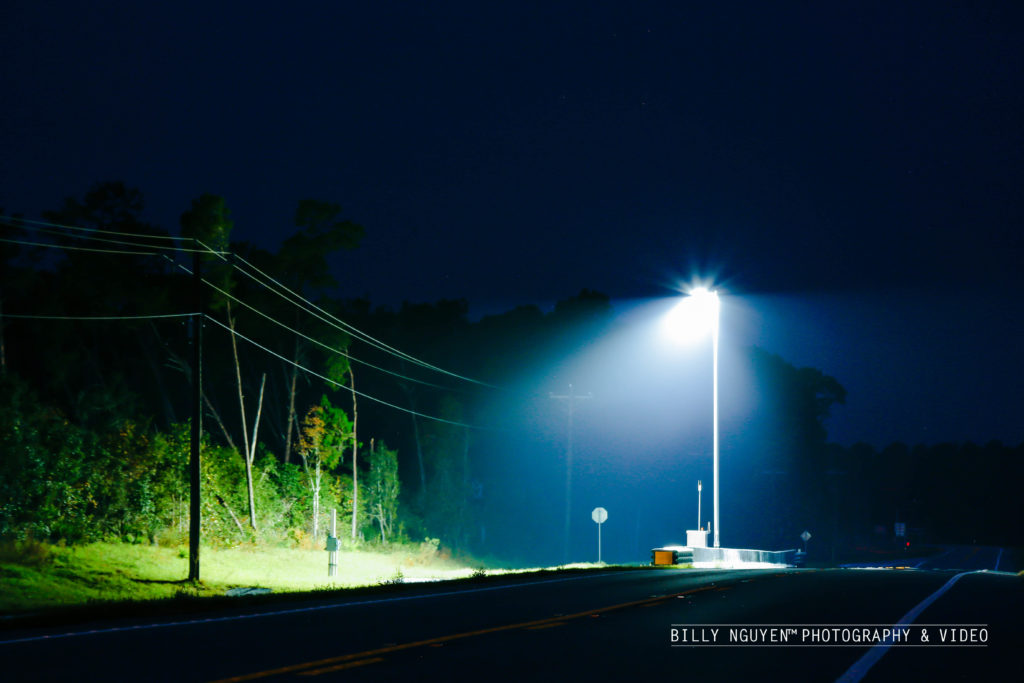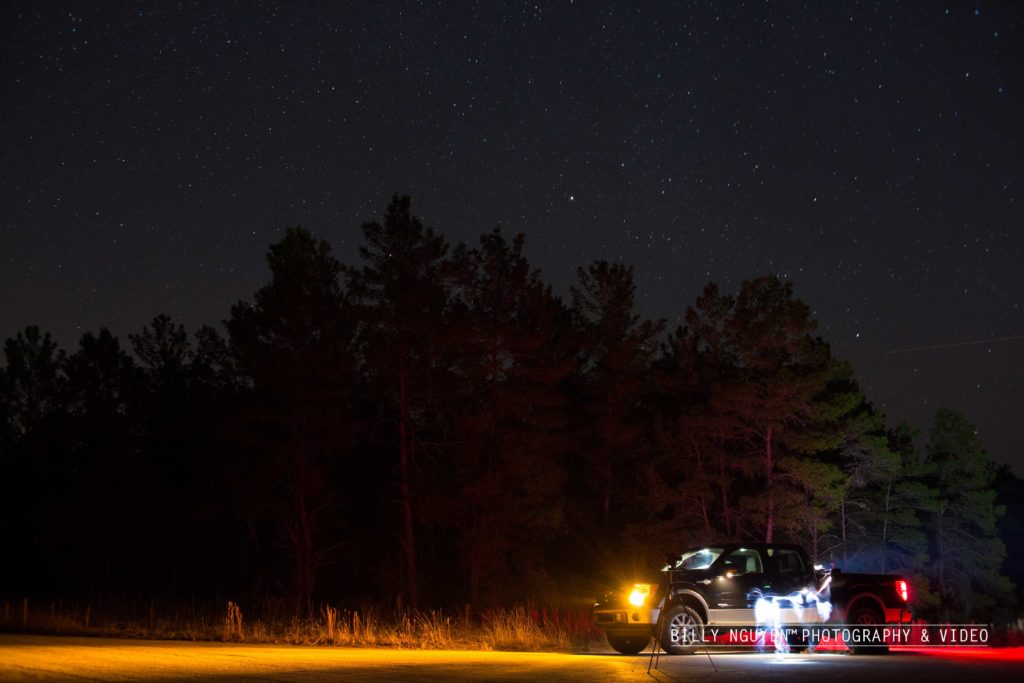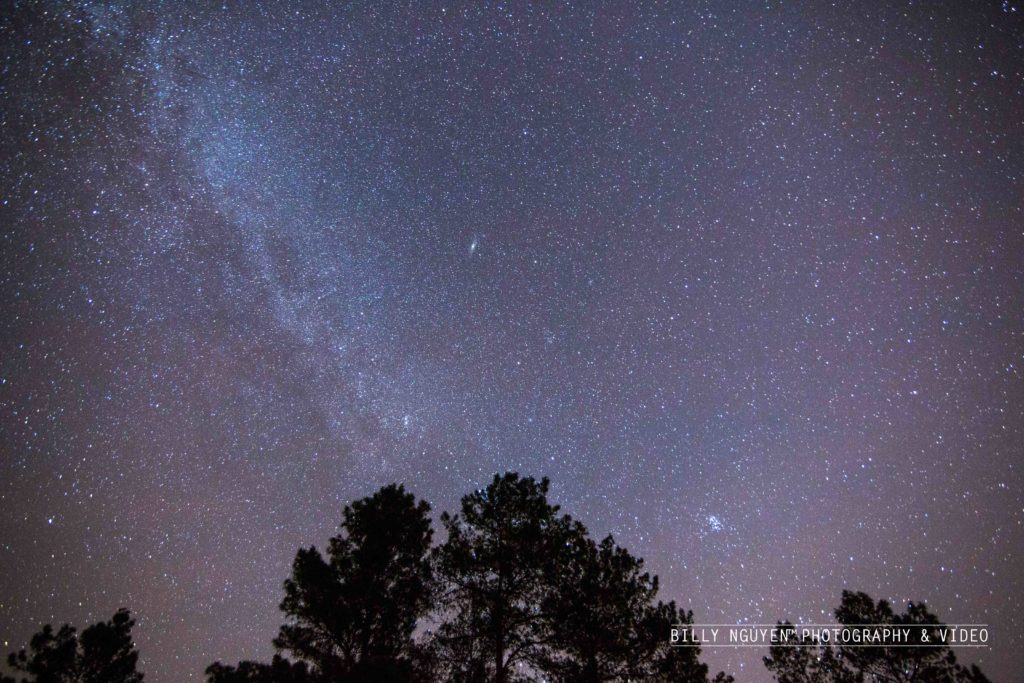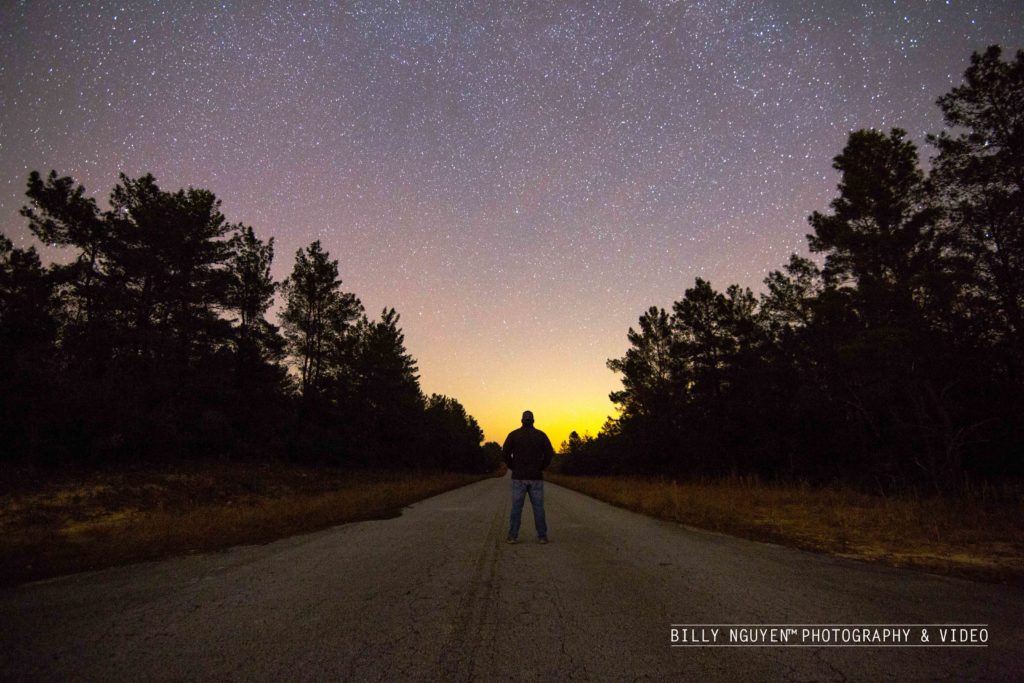I think with all the breaks we’ve been having and have had so far in the month of November, we might as well just take the whole month off right? Not quite.
With the semester nearing its end, the classes, assignments, tests, and projects are certainly upping their level of difficulty. In addition to school, juggling three jobs has also been quite difficult. Time management is key and I’m still working on it. Hopefully Thanksgiving break will give me some time to catch up with all my classes since things have been getting a bit cluttered in my schedule.
Thankfully, the breaks we’ve had so far allowed me the opportunity to travel deep into the Floridian wilderness for some stellar astrophotography! Ocala National Forest is definitely one of my new favorite places in Florida just because of how beautiful it is at night. I mean, sure you have to drive like one hour and thirty minutes out of your way to get there, but you’re greeted by breath-taking views of our vast galaxy.
Stars and constellations make themselves known while the Milky Way comes out of hiding where you can see it with the naked-eye: I almost broke down and cried because of how beautiful it was. Because I was so far away from civilization, I had to be careful with my surroundings…which can be hard to do as you’re admiring the scenery around you.
I recommend traveling with a few friends, bring some snacks, and the proper photography gear if you decide on traveling to the vast expanse of Ocala National Forest. Keep checking the weather days in advance to make sure the weather will be clear and not cloudy. The first time I went, I drove so far that I somehow drove past the clear weather and found myself surrounded by fog: Not cool.
In the realm of photography, a camera that allows for manual control and a tripod are pretty much what you need shoot photos with. In your settings, try the following exposure settings:
- Shutter Speed: Between 20-30 seconds.There’s a thing called the “500/600 Rule” which basically involves taking either 500 or 600 and dividing it by your focal length, which is how wide you’re currently shooting (i.e. 16mm). The resulting number is the shutter speed you need to shoot at/below to stop the stars from “moving/streaking” in your image.
- Aperture: Try to open up your aperture to its widest setting. Most lenses can do f/3.5, while other lenses can do f/2.8. In the world of photography, 2.8 is wider than 3.5.
- ISO: This is your sensor’s sensitivity to light. The higher the ISO, the more light it captures. Keep in mind, the higher the ISO, the more likely you are to get noise in your images. Because my 5D Mark III can handle noise fairly well, I shot at ISO 2500.
If your photos turn out too dark, try increasing your ISO. Likewise, if your photos are too bright, consider decreasing your ISO to lower the amount of noise in your photo. Most importantly, set a 2 second delay after you press the shutter button. This will allow you to take the photo without having the camera move after you’ve touched it.
With that said, go out and have fun. That’s the most important thing!


